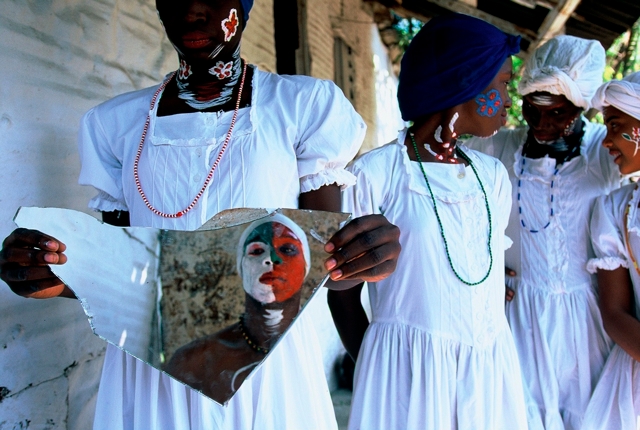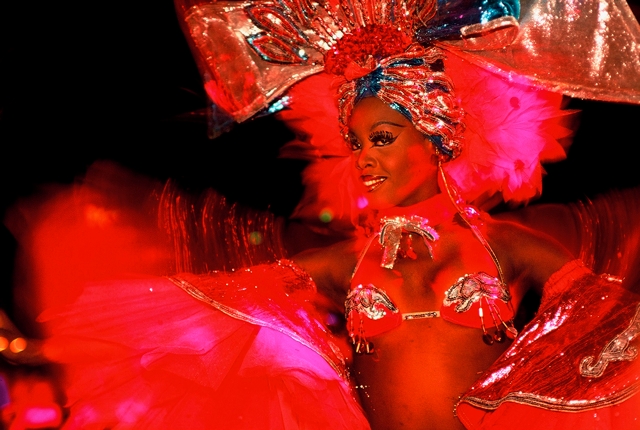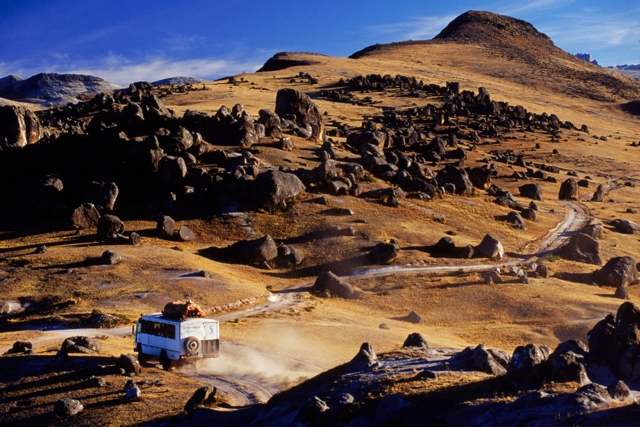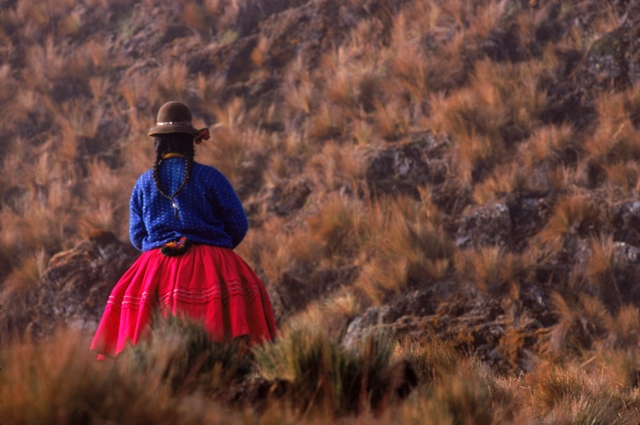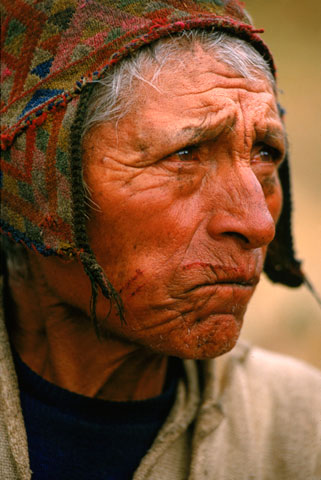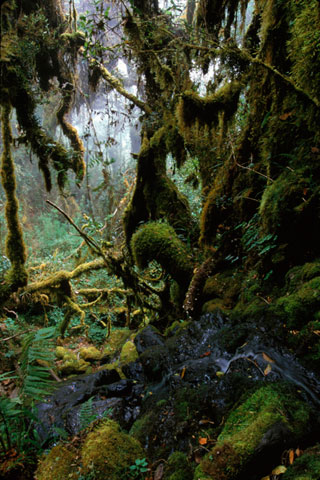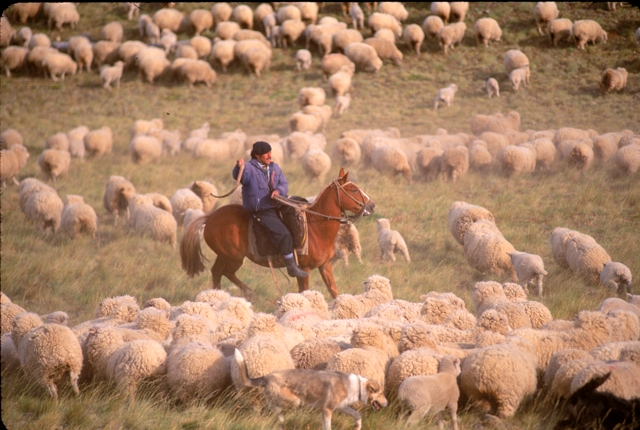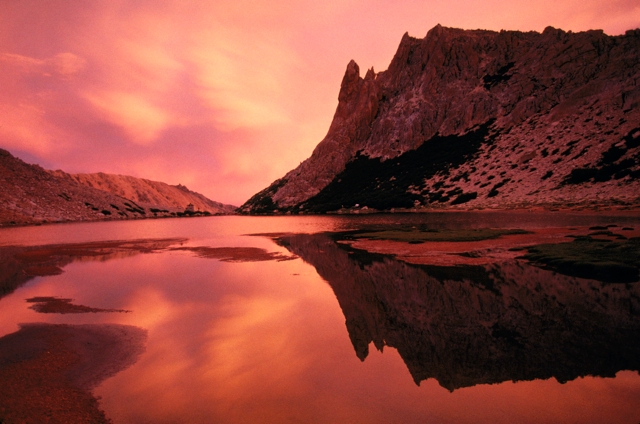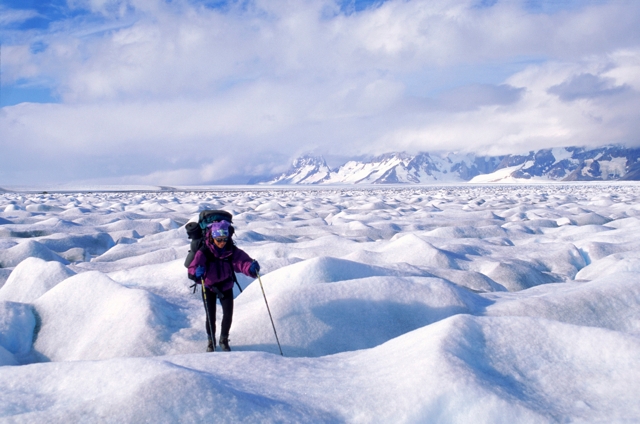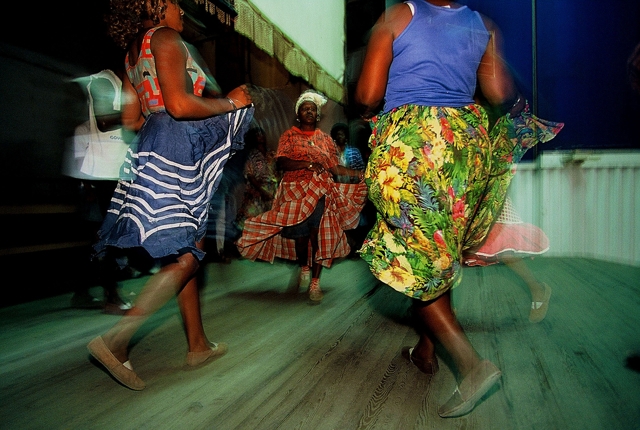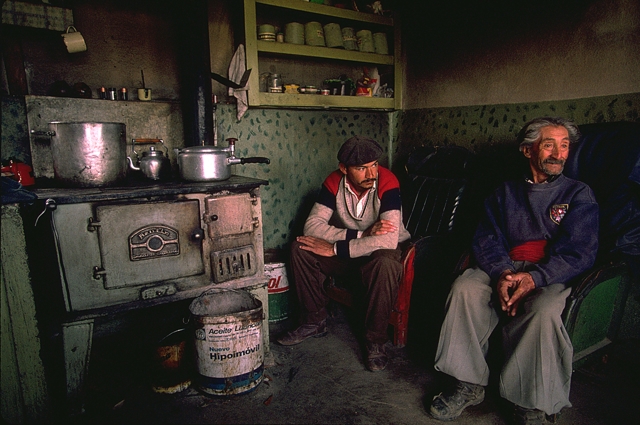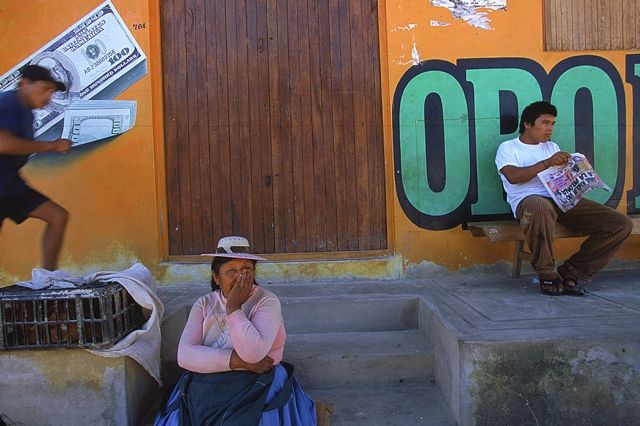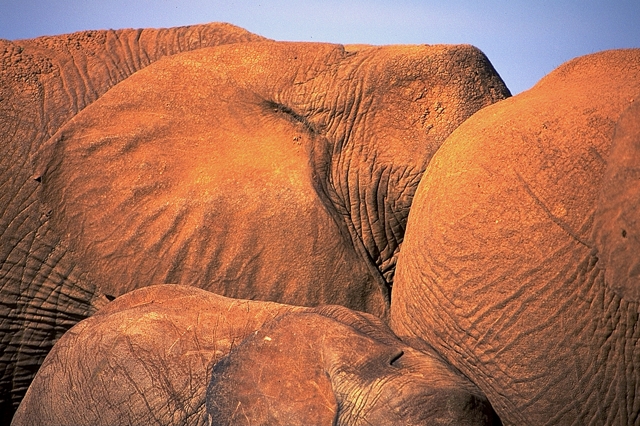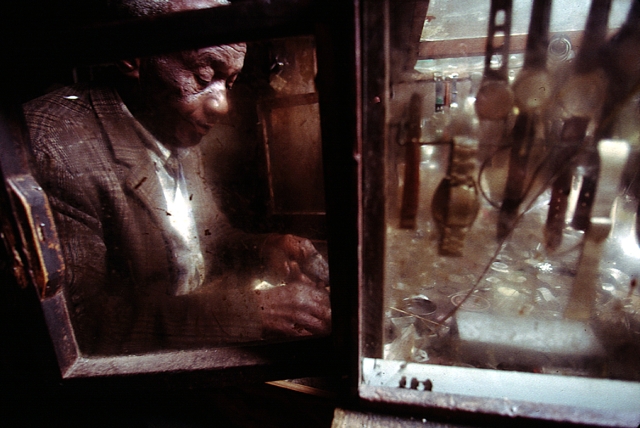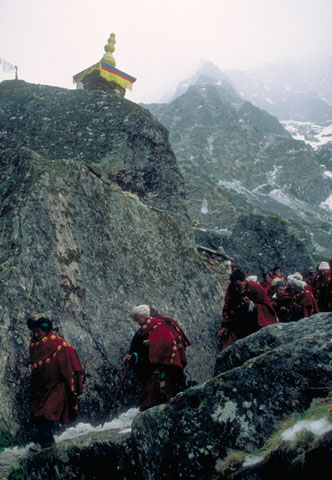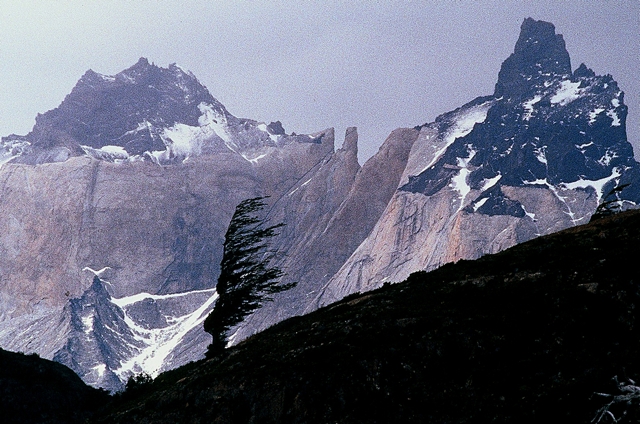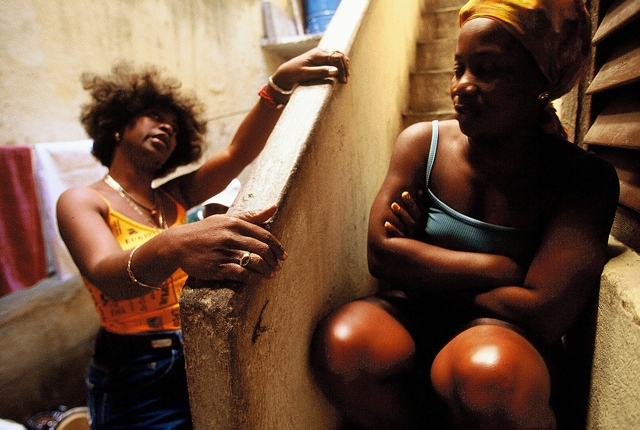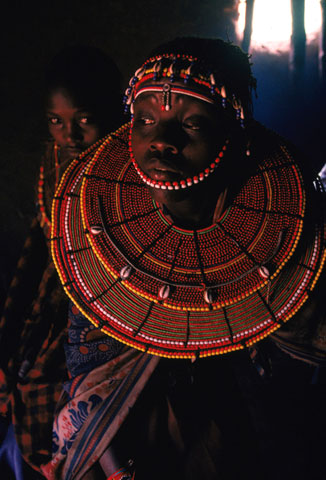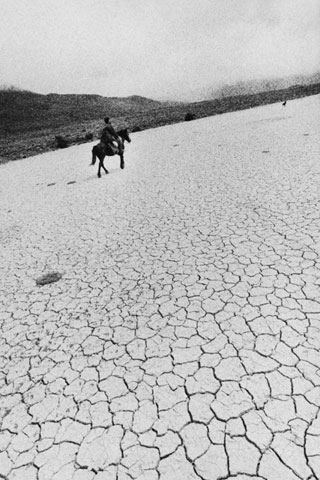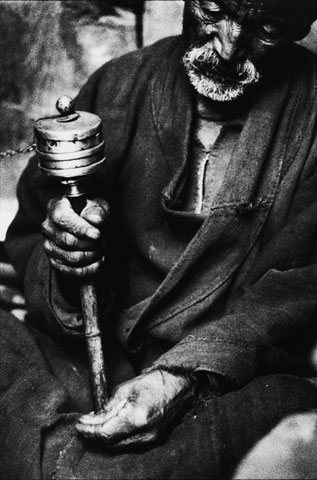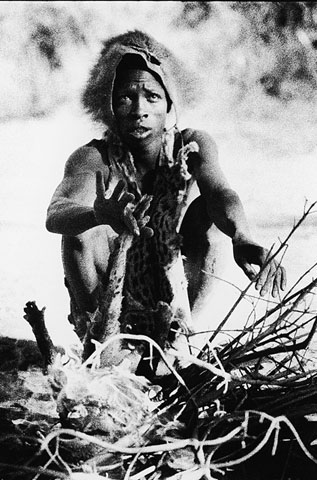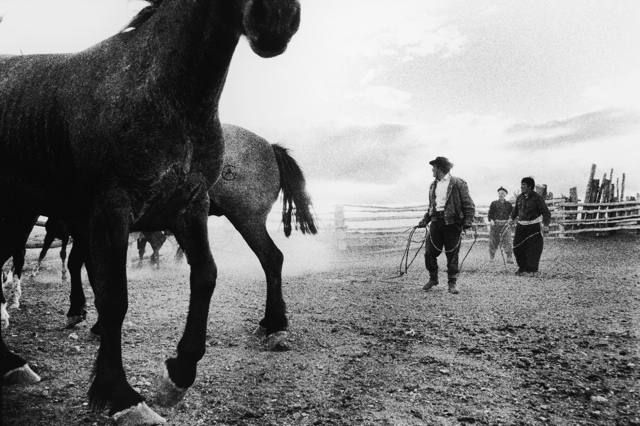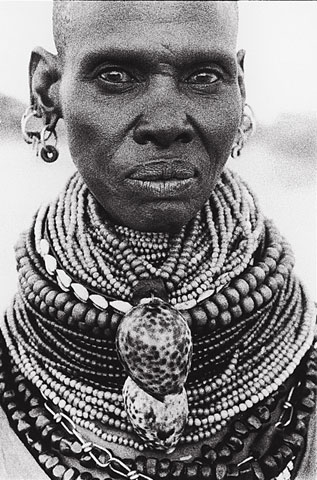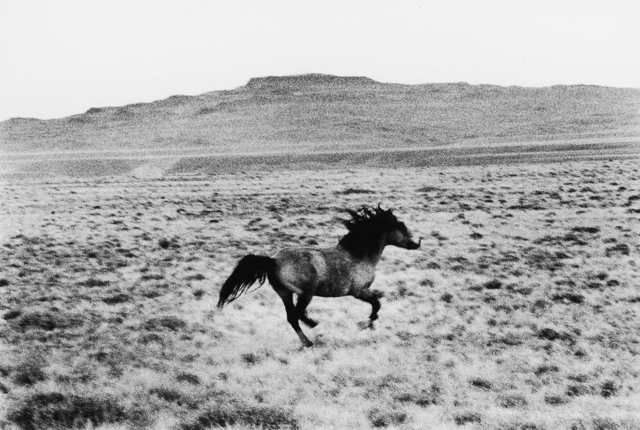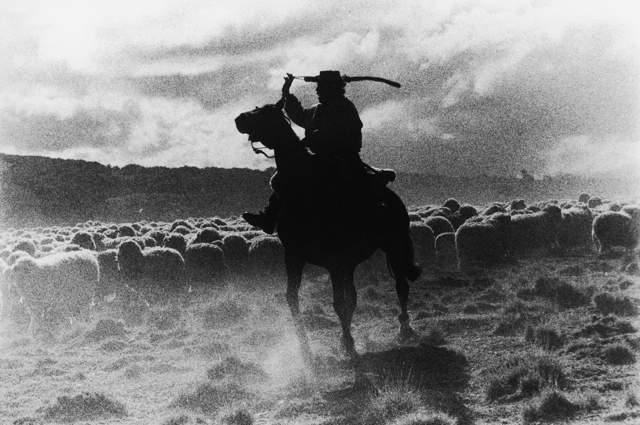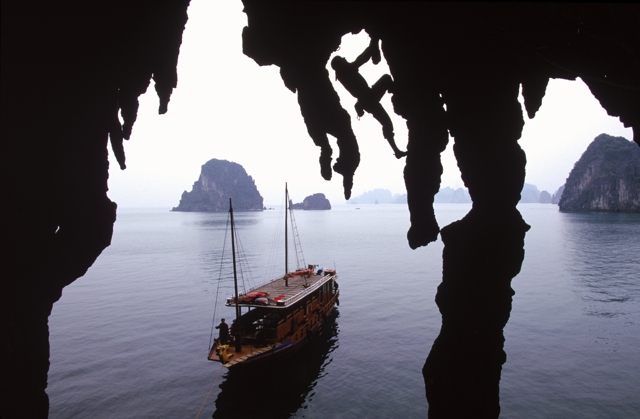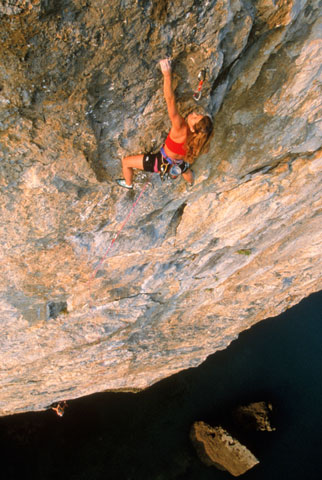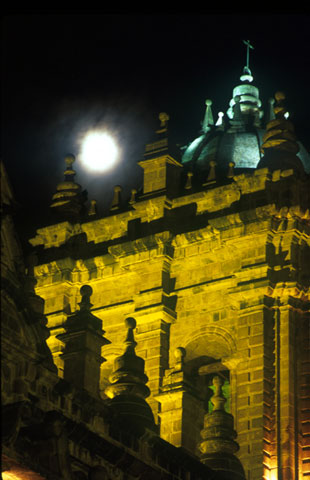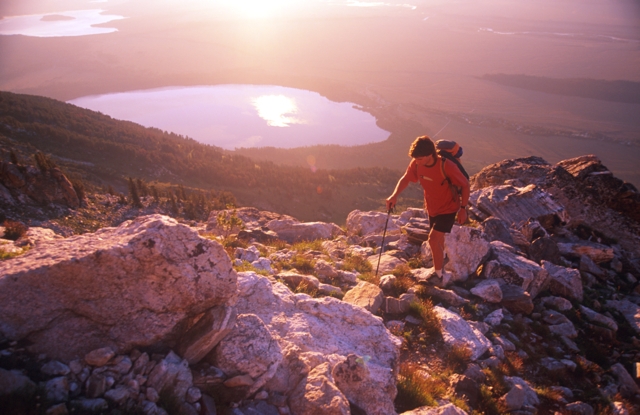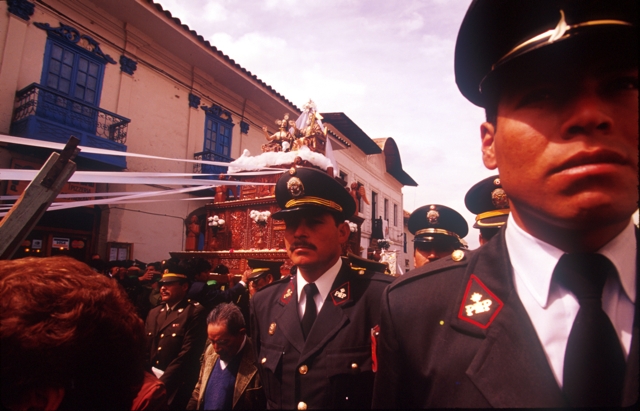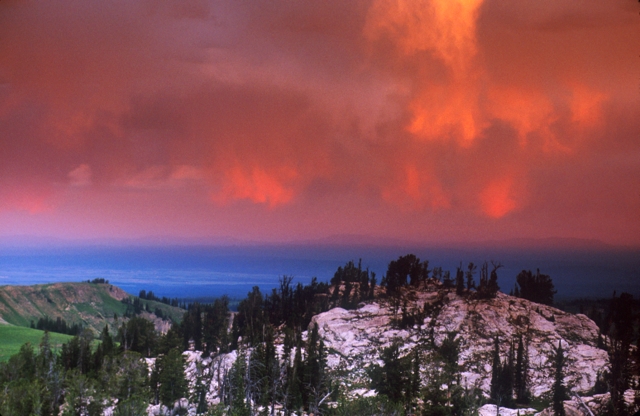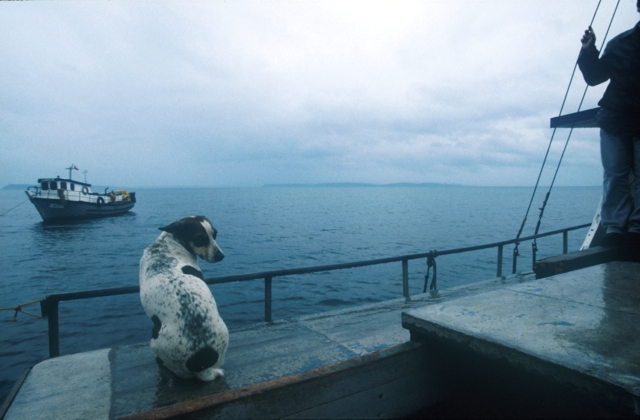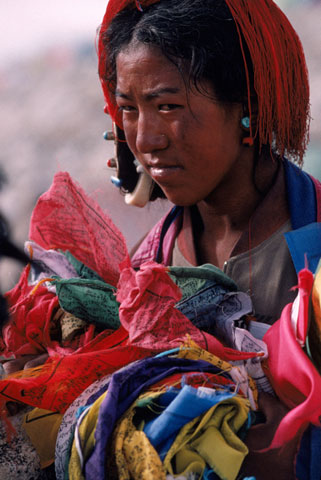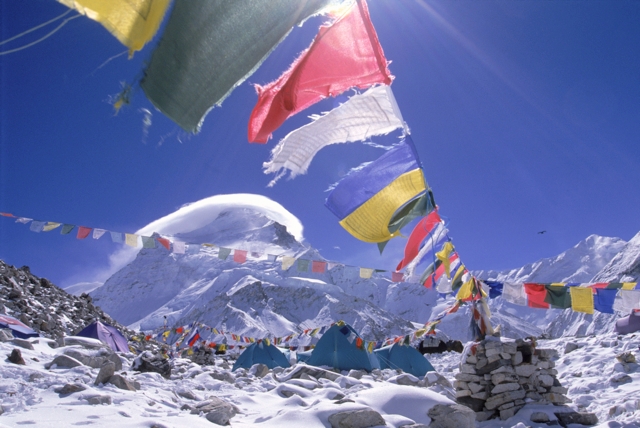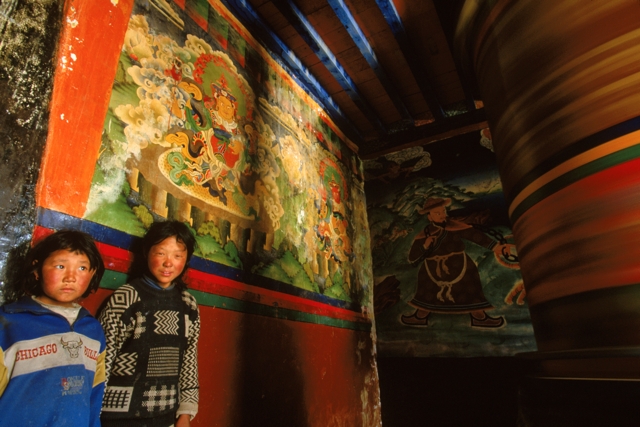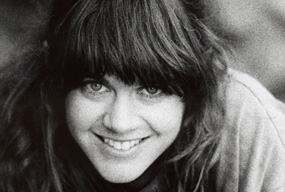Action Photography: Shooting in Extreme Locations
Beth Wald is a Nikon Legend Behind the Lens.
For this renowned travel photographer, how you approach adventure photography is how you approach the journey itself.
The expedition is called AfricaQuest: seventeen trekkers on mountain bikes, six weeks, 1,500 miles from northern Kenya to Tanzania through Africa's Great Rift Valley.
Beth Wald, on assignment for Life magazine, is doing the photography. The journey starts in the Turkana, the largest desert lake in the world, and it's here, right at the beginning, that adventure blurs into hardship. "It was incredibly hot," Beth says, "and we had 120 flat tires the first day. I was thinking, uh oh, this is going to be bad."
But it wasn't. After that initial rough going it turned into a great adventure, even though you'd never mistake it for a stroll along the beach. "For my first trip to that part of the world," Beth says, "being on a bike was the best way to go. I got to meet many more people than travelers who are in air-conditioned vehicles passing through on their way to nature preserves."
That's the kind of adventure Beth likes—where people are the story, and the extreme part of the assignment is what she has to go through to get to the story.
In fact, Beth says the toughest parts of her assignments usually are the waiting around and the working out of the logistics.
And once in a while there's pure boredom.
On a climb of Cho Oyu in the Himalayas, on assignment for National Geographic Adventure magazine, storms pinned Beth and the other climbers in their tents for three days. "There are a limited number of interesting pictures you can take inside a tent," she says. "I did lots of abstract shots of tent walls."
Beth's interest in adventure photography, or as some call it, extreme photography, began with her interest in....well, adventure. She recalls canoe trips through the wilderness with her family in Minnesota every summer. After high school she drove the Alaska Highway and spent a summer on the Juneau ice fields, studying glaciology, meteorology, geology and botany with scientists and college students. In college she studied environmental science and took a research trip to the Himalayan mountains. Soon she began climbing and taking photographs of her climbing adventures. Fast forward some 15 years and Beth can look back on taking pictures while "dangling from ropes hanging from cliffs, frozen waterfalls and tropical trees; from the backs of horses, camels and donkeys; from helicopters, airplanes, kayaks, rafts, rickshaws and mountain bikes." She's photographed across the world for magazines like National Geographic, Outside and Travel and Leisure, as well as for corporate clients.
An ongoing project has taken her to the Patagonia region of South America. "I'd originally gone down there to cover trekking and mountaineering. I've always loved the horse and cowboy image, and I'd see the gauchos out in the middle of nowhere on their horses, herding and riding, and I became curious about what their life was like. I had a lot of contacts in the area, and I got the names of a few ranches and met the owners and asked if I could just hang out and take photographs."
Many of the photos Beth has taken in the region were shot in black and white. Beth feels that black and white is more in keeping with the kind of mythical feeling she has about the gauchos and their lives. "I don't look at what I'm doing as a documentary project. It's much more of a romantic view, and I'm putting together a book with quotes from literature and poetry about the gaucho culture and the way they fit into literature. They seem as if they were living in a place isolated from the flow of time."
When it comes to adventure photography, photographic technique comes down to making everything as automatic and second nature as possible. "Knowing your equipment really well is important. You don't have a lot of time to set things up.
"One thing I've learned in the last year is to be more in the middle of the action, to get really close using wide-angle lenses, and in addition to beautiful scenic shots, to get more of the essence of what the people are experiencing. It's similar to sports documentary photography—trying to show the humanity of the people and the effort it takes for them to accomplish what they set out to do."
How you approach adventure photography is how you approach the journey itself. "Plan as much as you can ahead of time. Plan for as many contingencies as you can think of. And then just go ahead and do it, knowing it's never going to be exactly as you think it will be."
An important factor for Beth is to capture the atmosphere of what's going on around the main subject. "There's the story you're working on, but then there's the outside story of the people you're with and the people in the region. I know that there are a lot of talented photographers who can get into a lot of places, but the people who hire me know that I can do not only the pretty pictures of the mountains, but that I can get deeper into the story."
For the future though, Beth wouldn't mind some stories that don't involve extreme locations and events. "It's nice to check into a hotel every now and then."

